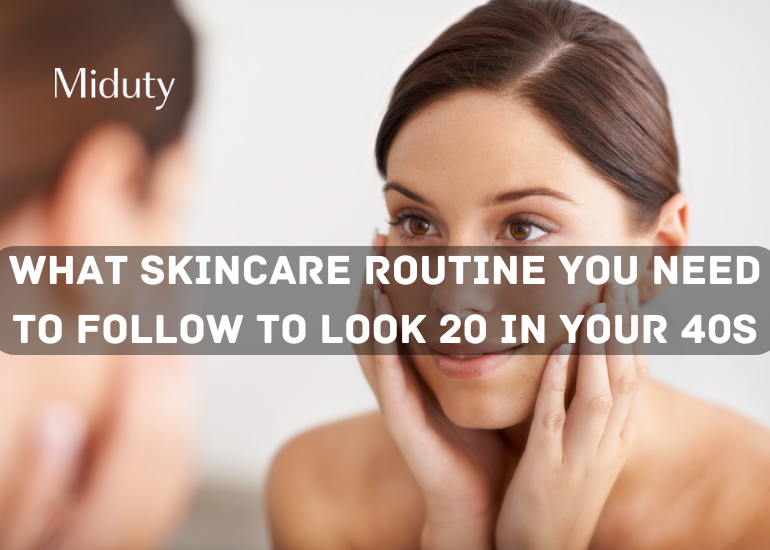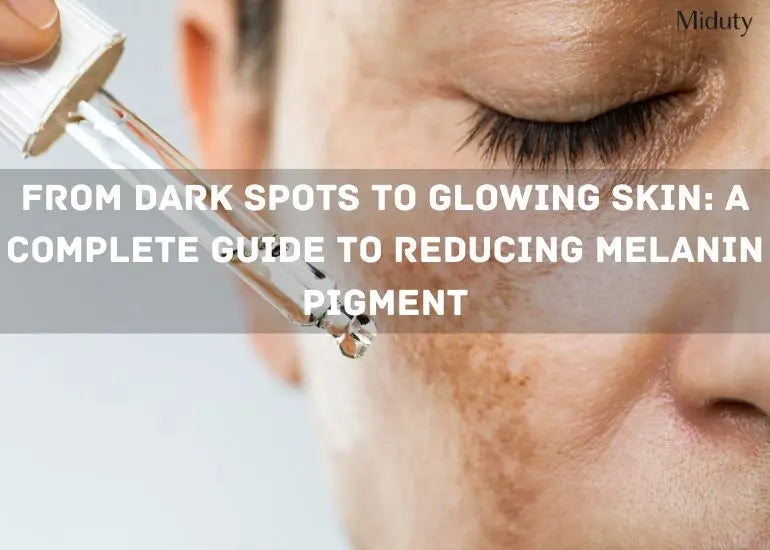
How to Whiten Your Teeth at Home?
Beauty has a total impact, and the teeth play an important role in that. In fact, with shining white teeth, you can confidently meet and greet others.
Yellow or stained teeth are not only unappealing, but they can also cause you to become self-conscious and undermine your confidence.
While cosmetic dentists can remove stains from your teeth with strips or whitening fluids, the procedures are often costly and may require multiple appointments. Another option is to look for effective and easy ways to whiten your teeth at home.
Natural remedies for teeth whitening are widely known because, unlike dental procedures, they do not weaken or damage your natural teeth. They are also cost-effective and do not require health coverage or burning a hole in your pocket to be effective.
You can use ingredients that you most likely already have in your kitchen or pantry.
So, in this article, we'll look at some of the best and easy ways to whiten your teeth at home. Continue reading to see if you can find something that will help you get your pretty pearls back.
Before we proceed any further, you must be wondering what causes your teeth to become yellow. Let's discuss it first
What causes teeth to become yellow?
Many things can cause your teeth to appear dull and yellow.
Your teeth's enamel, which is its outermost layer, can become stained from some meals. Additionally, a buildup of plaque which is mostly calcium deposits on your teeth and can give them a yellow appearance.
Treatments for frequent cleaning and whitening can help with discoloration.
How to Whiten Your Teeth at Home
- Water Flossers

Do you also search for thread or toothpick after eating your meal?
Then this water flosser is for you.
What is this instrument? It is used to clean the food particles stuck in between your teeth and even around the teeth.
Water flossers, as opposed to regular floss, do an excellent job of removing additional bacteria, debris, and food particles that brushing and flossing do not. [1]
Water flossing is perfect for people who have trouble flossing by hand or who have dental work, such as braces, that makes traditional flossing impossible.
Now you must be confused with the term flossing? It is nothing, but the cleaning between the teeth.
You should use your water flosser at least twice a day. It is recommended that you use your water flosser at 50% intensity before moving along the gum line of each tooth, trying to focus in between the teeth.
Also, when you're ready to spit, release the water flossing button. When you read it, it seems obvious, but trust me when I say you want to be careful not to spray yourself in the face.
- Gum Massage
You've probably heard of body massage, head massage, and so on. But what about gum massage? Most people are unfamiliar with the idea of gum massage and its benefits, so it may sound strange to you.
Gum massage is a technique for cleansing and massaging the gums in order to increase their strength.
It can assist maintain the condition of teeth and surrounding tissues if done on a regular basis. Massage encourages increased blood flow by increasing blood circulation in the tissues. [2]
How should you massage your gums? It is as simple as wetting your fingertips and gently stroking them in circular patterns on your gums for 1-2 minutes. The procedure is similar to brushing your teeth, only you use your fingertips on your gums instead of a toothbrush.
You don't need additional tools for this; simply use your hands! If you're concerned about cleanliness or are unable to massage them with your fingers, you can use gloves instead.
- Oil Pulling

Oil pulling is a technique which is widely used in traditional medicine and is essential to maintain oral health. Pulling the oil throughout your mouth eliminates microorganisms that can cause plaque and gingivitis. [3]
Oil pulling requires swishing oil around the mouth as if it were mouthwash. It has been used as an Indian traditional cure for thousands of years.
To oil pull, place a tablespoon (tbsp) or 15 milliliters (mL) of coconut oil in your mouth and swish it around for 15-20 minutes.
The primary advantage of doing so is that it minimizes the number of dangerous germs in the mouth.
- A 3% Hydrogen Peroxide with Baking Soda
Here's what you should know: Most hydrogen peroxide bottles sold in pharmacies or supermarkets are diluted to roughly 3%. When it comes to utilizing hydrogen peroxide for tooth whitening, studies show that dilution is beneficial. Too strong concentrations can harm the enamel, or outer layer, of your teeth. [4]
How to make a paste with Hydrogen Peroxide and Baking Soda?
- In a bowl, combine a few tablespoons of baking soda and a tiny amount of peroxide.
- Start by mixing the soda and hydrogen peroxide with a clean spoon.
- Continue adding peroxide until you have a thick paste.
- Rub the paste on your teeth with a toothbrush in small circular strokes. Brush your teeth for 2 minutes.
- Then, swish water around your mouth to fully rinse away the substance.
Before continuing with your day, make sure that all of the paste has been removed.
- Dry Brushing
Dry brushing is a technique for brushing your teeth without using water or toothpaste. Following dry brushing, you finish with water and toothpaste.
People brush for longer periods of time when they begin with dry brushes. [5] The longer you brush, the more plaque you remove from your teeth. This helps to whiten the teeth and protect your oral health by preventing tooth decay and gum loss.
Dry brushing is especially beneficial for cleaning the internal surfaces of the bottom front teeth, which are prone to plaque buildup.
Dry Brushing can be done while watching TV or reading a book. You don't need to stand at the sink because you won't be rinsing or spitting anything out.
- A Low-Carb Diet
We all enjoy our bread, grains, and pastries, but research proves otherwise. A low-carbohydrate diet is a way to go if you want to increase the health of your teeth. [6] The essential factors for causing acid damage to the teeth are decreased by reducing the intake of both sugar and carbs.
This indicates that most low-carb diets will result in a much healthier mouth overall by reducing tartar buildup, cavities, and the need for frequent dental appointments.
These bacteria produce cavities by consuming simple carbohydrates and producing acids as a byproduct. When this acid sticks to the tooth in bacteria-filled dental plaque, it weakens and damages the enamel. That is how bacteria enter a cavity in a tooth.
- Activated Charcoal
Activated Charcoal is similar to traditional charcoal, but it is designed for medical uses. It is tasteless and odorless, and it is safe to use on your teeth. To avoid damaging the enamel that covers your teeth, avoid scrubbing the charcoal too hard on your teeth.
For using activated charcoal to whiten your teeth, just crush one charcoal tablet into a powder. After crushing it into fine particles, wet your toothbrush with water and then dip it into the crushed charcoal particles.Brush your teeth using activated charcoal after that. Allow the activated charcoal mix to sit on your teeth for three minutes before washing.
- Xylitol Based Tablets
Sugar is one of the most serious threats to our dental health. Not only does added sugar unnecessarily sweeten our modern foods but so does any nutrient that breaks down into glucose, including carbs.
That is why limiting our intake of processed and non-nutritive sugars and maintaining a healthy dental health care program at home is critical to overall oral health.
Xylitol is a sugar that occurs naturally in various fruits, vegetables, and berries.
The usage of xylitol dental products may help to rebuild tooth enamel by generating more alkaline saliva, which remineralizes the teeth. Other sugars, on the other hand, break down into food for harmful bacteria that grow in our mouths and cause plaques, dental decay, and bleeding gums, but xylitol is indigestible to bacteria. As a result, the bad bacteria are greatly reduced in the mouth. Miduty Vitamin b12 contains added Xylitol which helps in killing the bad bacteria in your mouth.
References
[1] https://www.ncbi.nlm.nih.gov/pmc/articles/PMC6784469/
[2] https://www.ncbi.nlm.nih.gov/pmc/articles/PMC7239467/
[4] https://www.sciencedirect.com/science/article/abs/pii/S0300571204000119
[5] https://pubmed.ncbi.nlm.nih.gov/30047211/
[6] https://www.ncbi.nlm.nih.gov/pmc/articles/PMC4962497/








